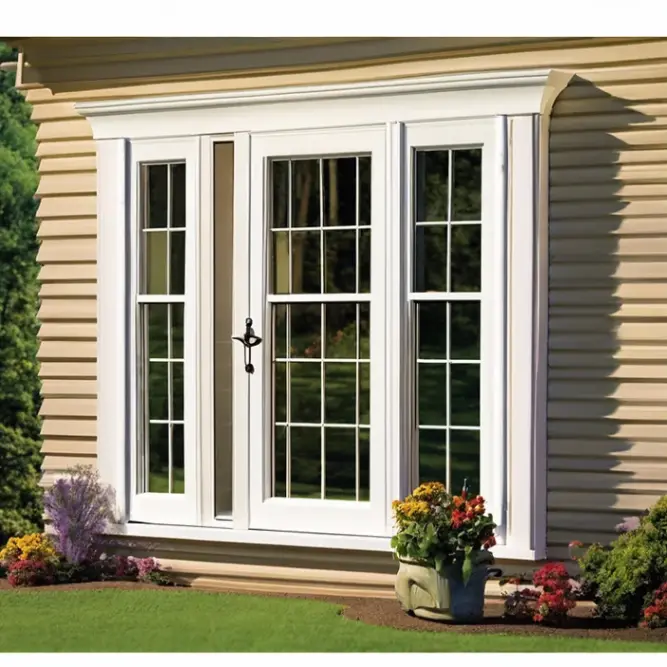Low-emissivity (Low-E) windows are touted as a modern home efficiency and comfort marvel. Designed to reflect heat, block UV rays, and reduce energy costs, these windows are marketed as a must-have upgrade for any savvy homeowner. However, not everyone is singing their praises. Despite their impressive-sounding benefits, many homeowners, including myself, find Low-E windows more of a burden than a blessing. Here’s why I hate my Low-E windows and why others might share my feelings.
1. Disappointing appearance
One of the first issues I noticed with my Low-E windows is their appearance. While they may look like regular windows from a distance, a closer inspection reveals a slight tint. This tint, intended to reduce glare and block UV rays, gives the windows a bluish hue. This subtle coloring can clash with the exterior and interior decor, making my home look less inviting and more like an office building.
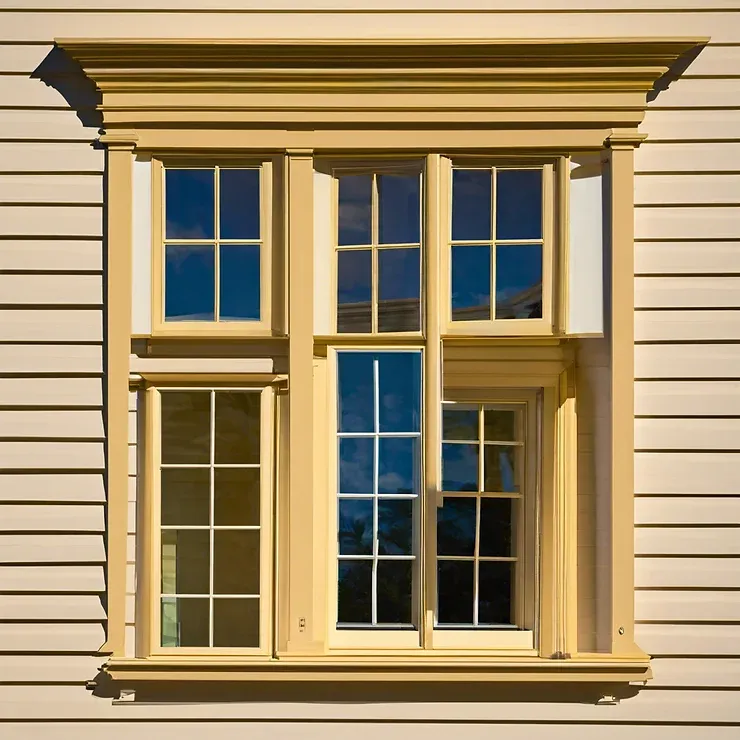
Additionally, the reflective quality of Low-E windows causes unwanted reflections. At certain times of the day, the windows can reflect sunlight in a way that creates harsh glares inside the house, making it uncomfortable to sit in certain areas. This glare can also be a nuisance to neighbors, potentially causing disputes if the reflection happens to shine into their property.
And then you may read What are the disadvantages of mini-split systems?
2. Temperature inconsistencies
Low-E windows are designed to improve energy efficiency by reflecting heat into the room during winter and blocking it out during summer. However, in my experience, they don’t always perform as expected. I’ve noticed that some rooms remain colder during the winter months. This inconsistency in temperature can make it challenging to maintain a comfortable environment throughout the house.
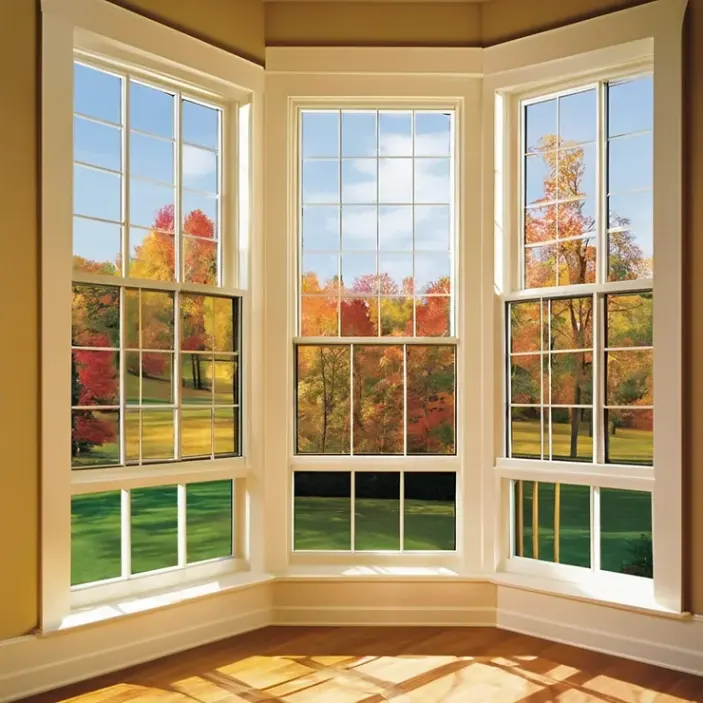
In the summer, while the windows do block some of the heat, they don’t seem to do enough to keep the house cool without the constant use of air conditioning. The idea of Low-E windows providing significant energy savings feels more like a marketing gimmick than a reality. The expected reduction in heating and cooling costs hasn’t materialized to the promised extent.
3. Condensation issues
Condensation can be a major problem with Low-E windows, particularly in areas with high humidity. My windows are prone to fogging up, especially in the mornings or during temperature changes. This condensation obstructs the view and can lead to more severe issues such as mold growth and water damage to window frames and surrounding walls.
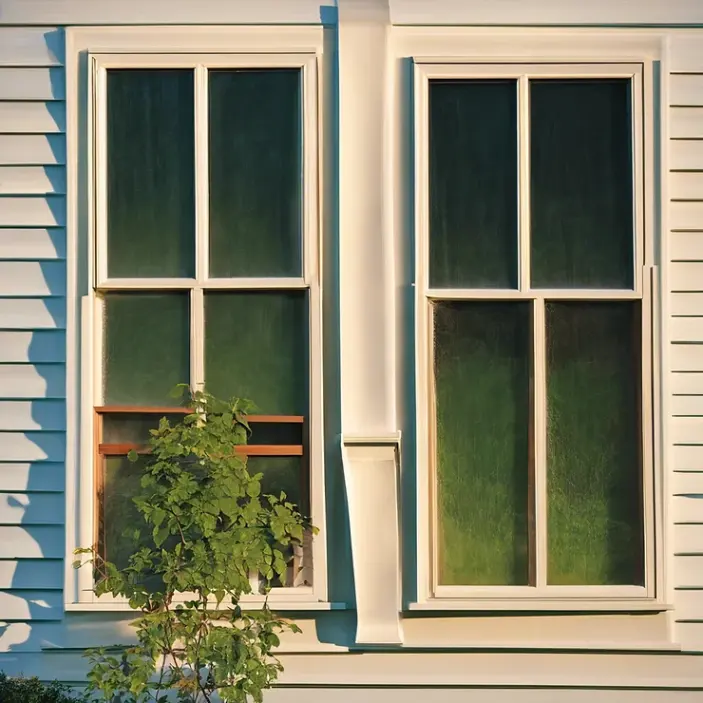
The buildup of condensation can be attributed to the insulating properties of Low-E glass, which keeps the interior surface cooler than traditional glass. This cooler surface, when exposed to warm, moist indoor air, results in condensation. Over time, this moisture can seep into the window frames and cause deterioration, leading to costly repairs or replacements.
4. Interference with technology
One unexpected downside of Low-E windows is their impact on technology. The metallic coatings that reflect heat and UV rays can also interfere with wireless signals, such as Wi-Fi and cellular reception. In my home, I’ve experienced weaker Wi-Fi signals in rooms with Low-E windows, which can be frustrating when trying to stream videos or work from home.

Moreover, these windows can affect other technologies that rely on radio frequency signals, such as remote-controlled devices and even certain types of electronic equipment. This interference adds another layer of inconvenience, making me question whether the trade-offs are worth it.
5. Higher initial costs and questionable ROI
Low-E windows come with a higher price tag compared to standard windows. The initial investment can be substantial, especially if you’re replacing all the windows in your home. While the promise of energy savings might justify the cost for some, the actual return on investment can be questionable.
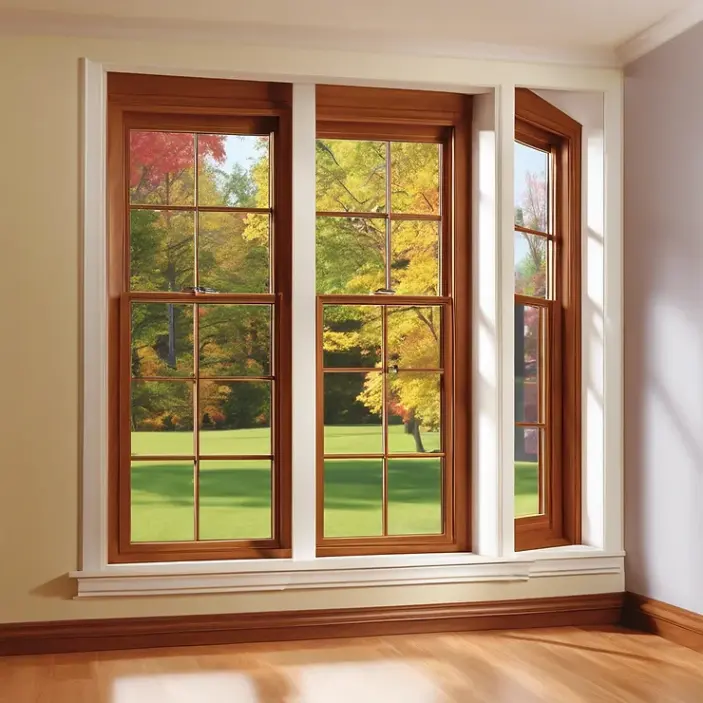
In my case, the expected reduction in energy bills hasn’t been significant enough to offset the high upfront costs. When considering the additional expenses related to potential condensation damage and technology interference, the overall value proposition of Low-E windows becomes even less appealing.
6. Limited natural light
Natural light is one of the most appealing aspects of having large windows. Unfortunately, Low-E windows can diminish this benefit. The tint and reflective coatings reduce the amount of visible light that enters the home. As a result, rooms can appear darker and less vibrant, necessitating the use of artificial lighting during the day.
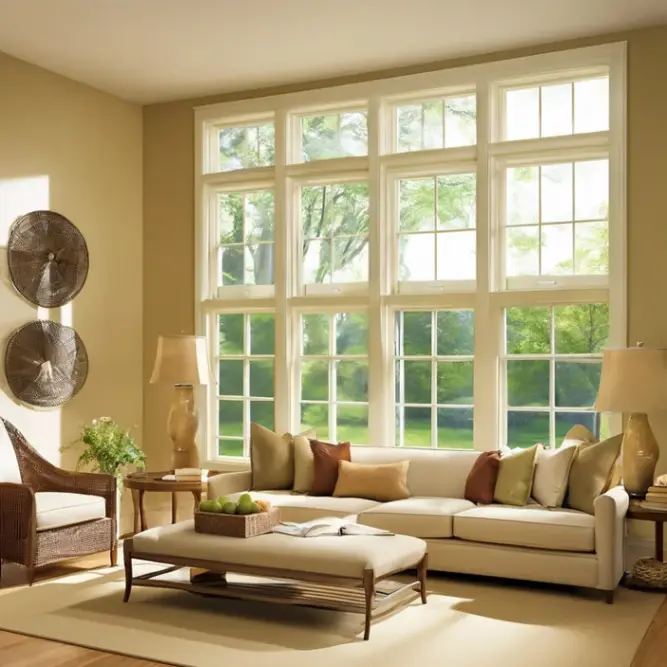
This reduction in natural light can have a psychological impact as well. Natural sunlight is known to boost mood and productivity, and the lack of it can make a home feel less inviting and more enclosed. For someone like me, who values a bright and airy living space, this is a significant downside.
Disadvantages of Low-E glass
There are a few problems with Low-E glass windows, which are room bit of divider, loss of natural sunlight, and others are:
- It is more expensive than regular glass.
- Besides, it does not work well with scratches.
- It makes rooms look darker by blocking some sunlight.
- May reflect light in a way that bothers neighbors.
- By its reflection, your yard might be affected.
Low-E windows vs double pane
| Low-E Windows | Double-Pane Windows |
| Reflects heat back into the room | It provides insulation through the air or gas layer |
| More expensive due to special coating | Generally less expensive than Low-E windows |
| High due to heat reflection | High due to added insulation |
| Blocks some sunlight, can make rooms darker | Allows more sunlight compared to Low-E windows |
| More complex and expensive. | Easier to clean and maintain |
| Its reflections bother neighbors. | Fewer issues with reflections |
Conclusion:
My experience with Low-E Windows has not been satisfactory because the drawbacks of Low-E Windows have outweighed the benefits. My frustration is only heightened by the higher initial costs and a questionable return on my investment. It is important to consider the potential drawbacks of Low-E Windows before its installation. It may source of irritation and regret instead of adding value to the home.

